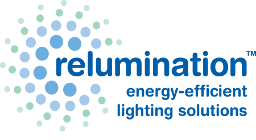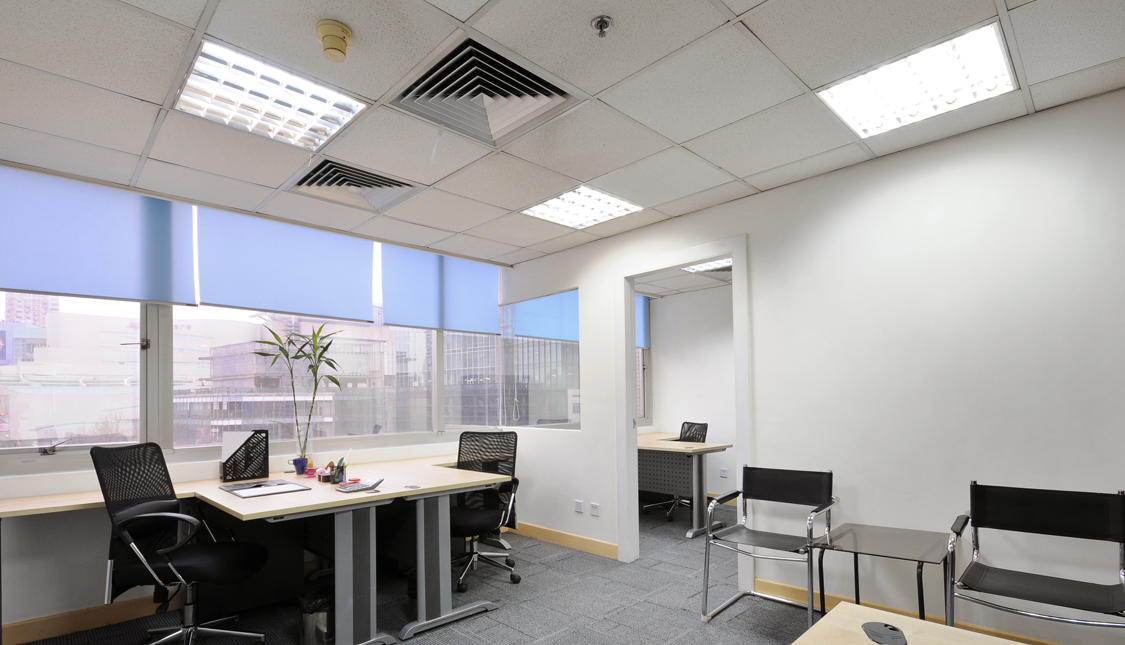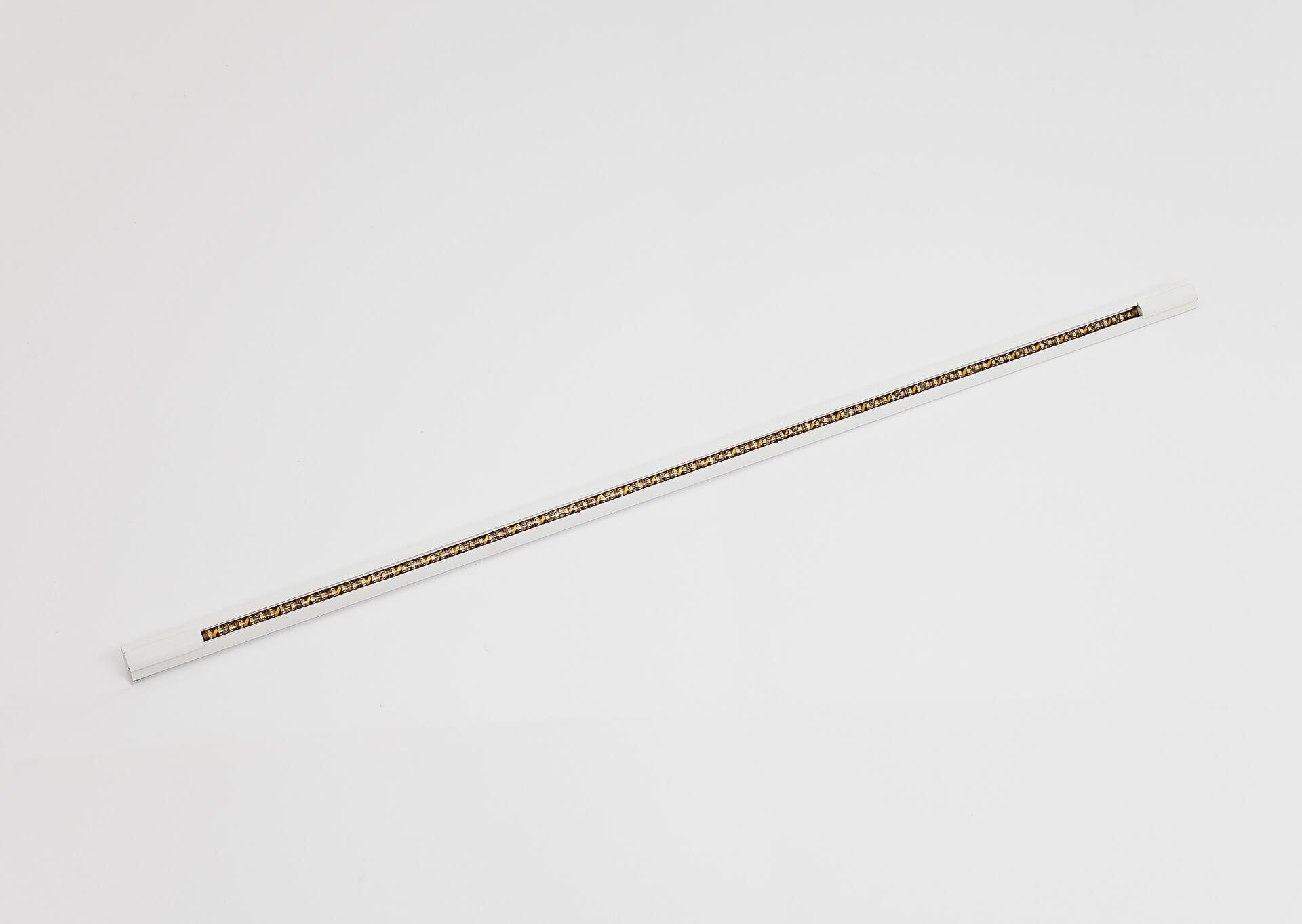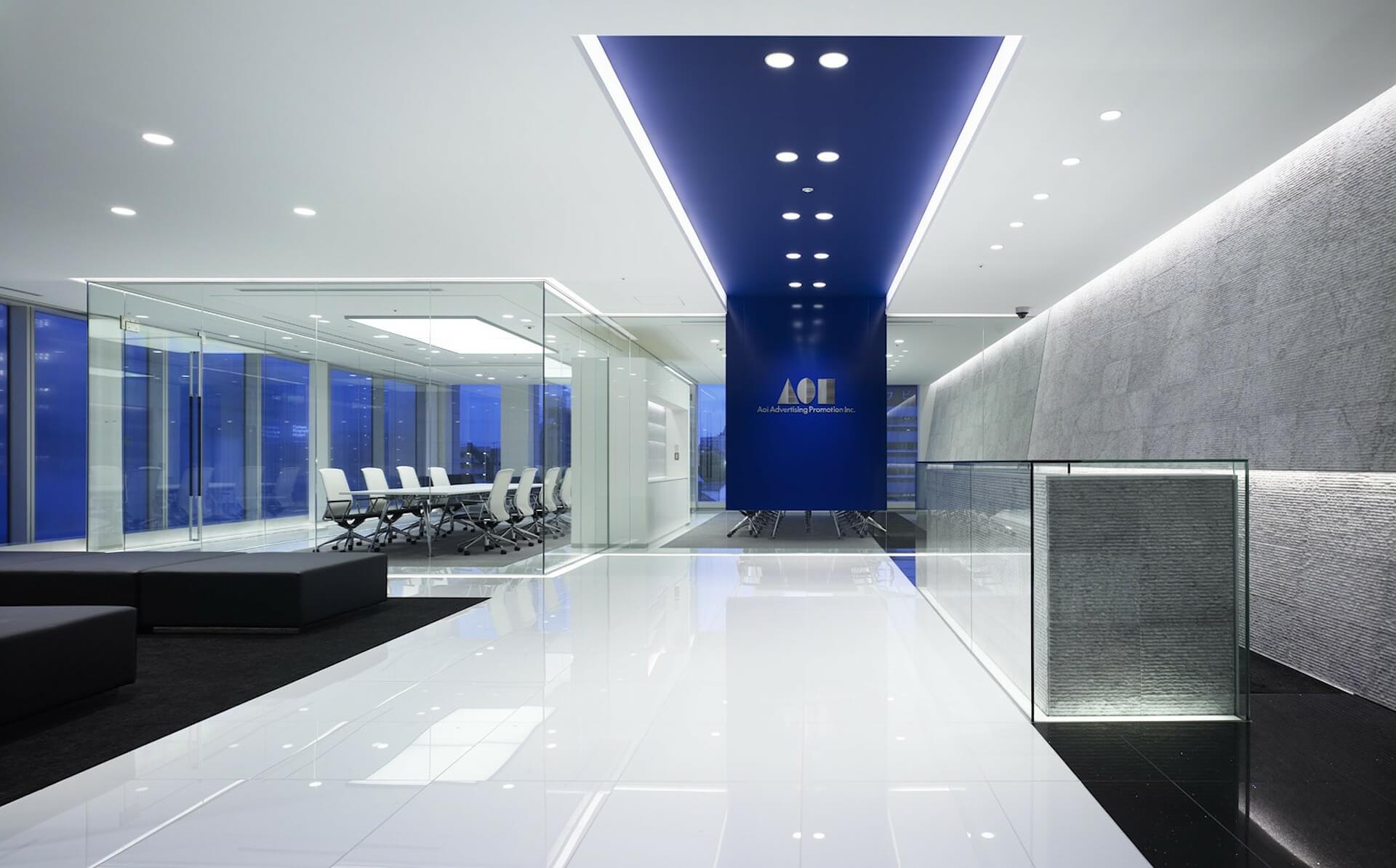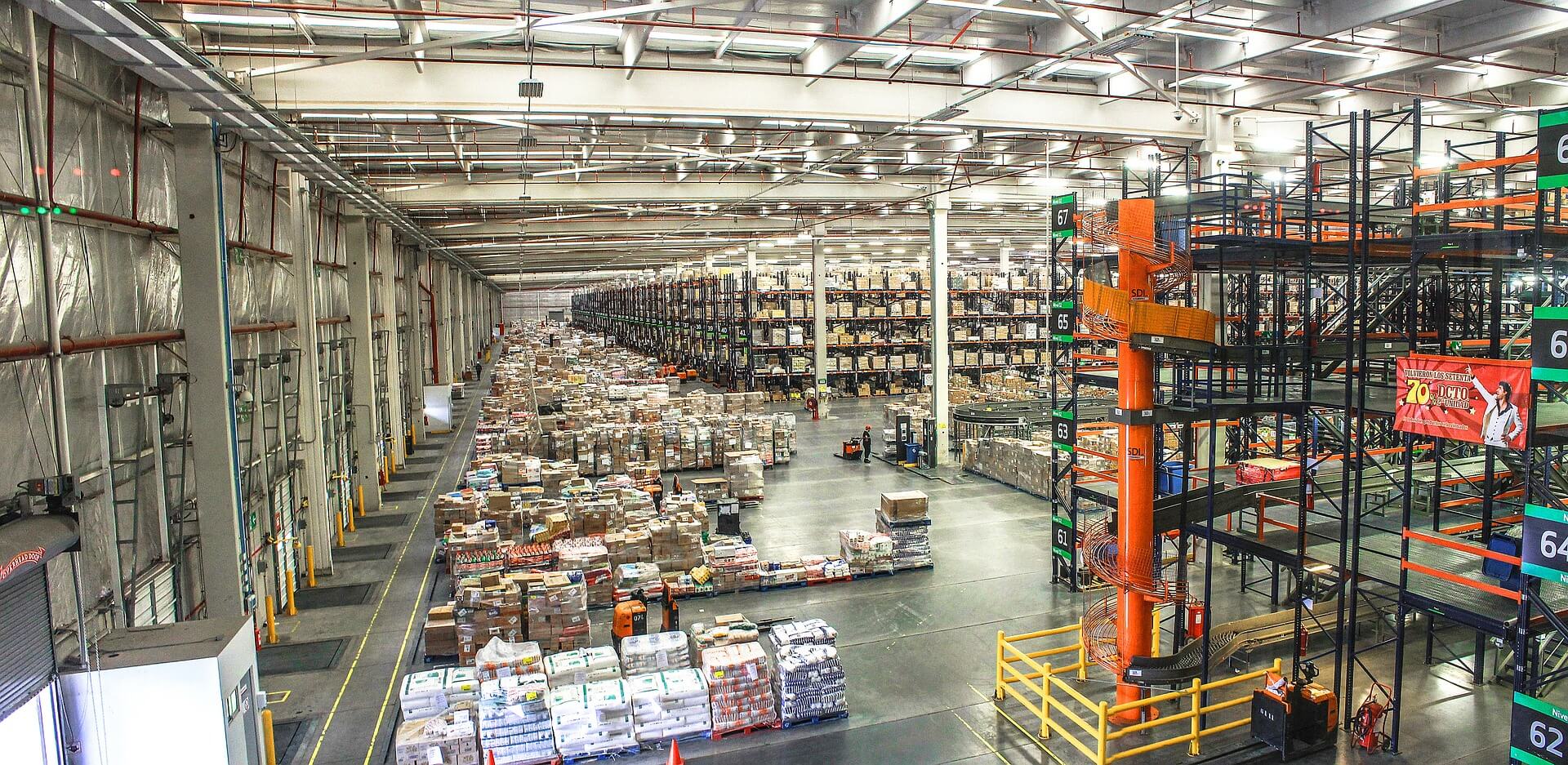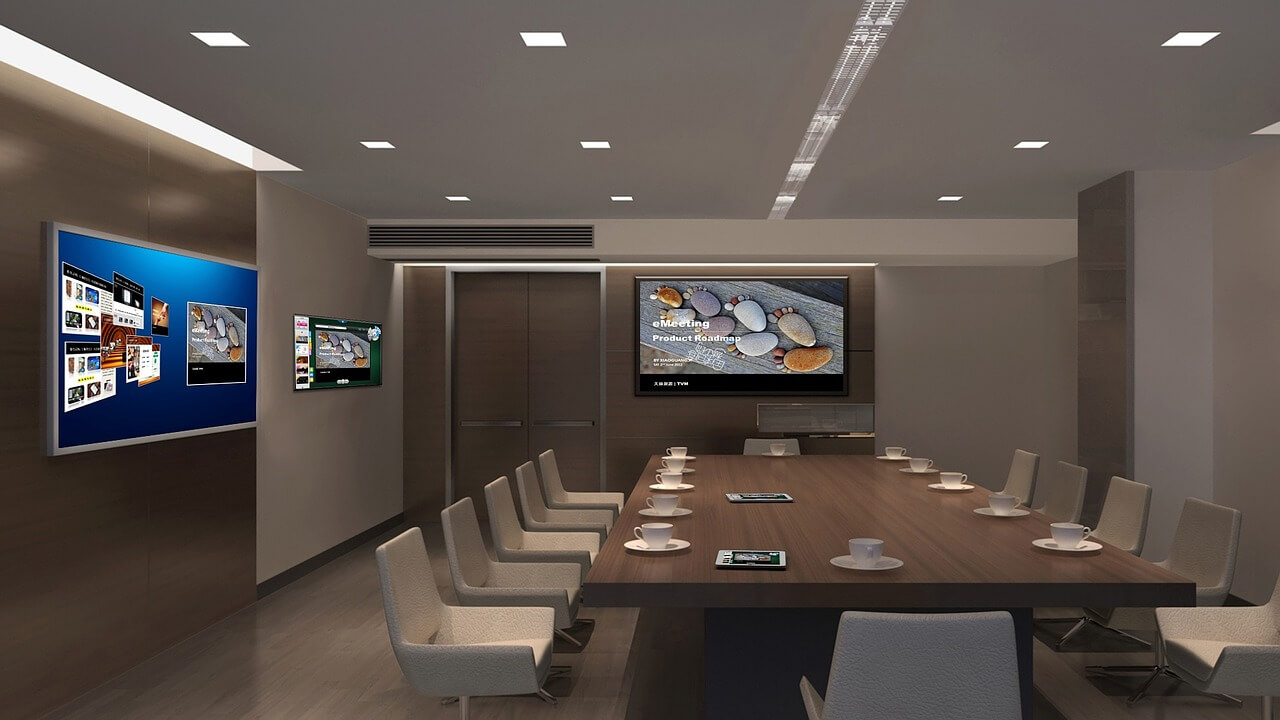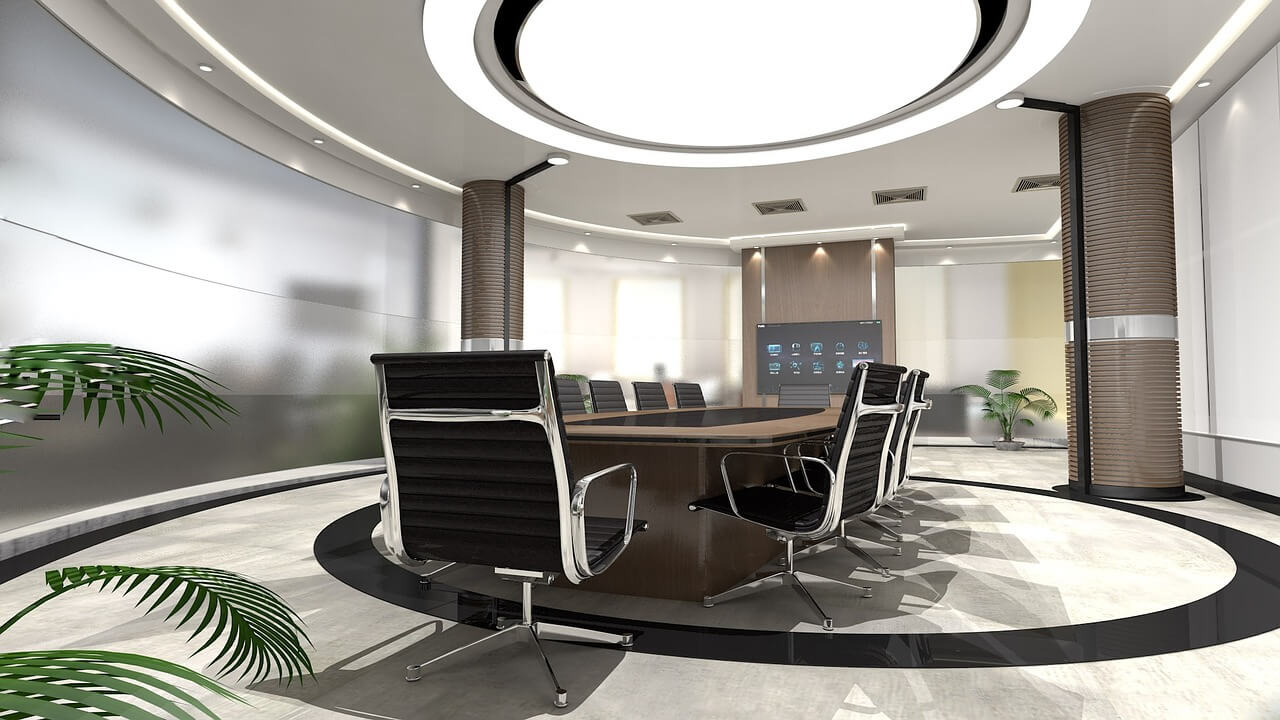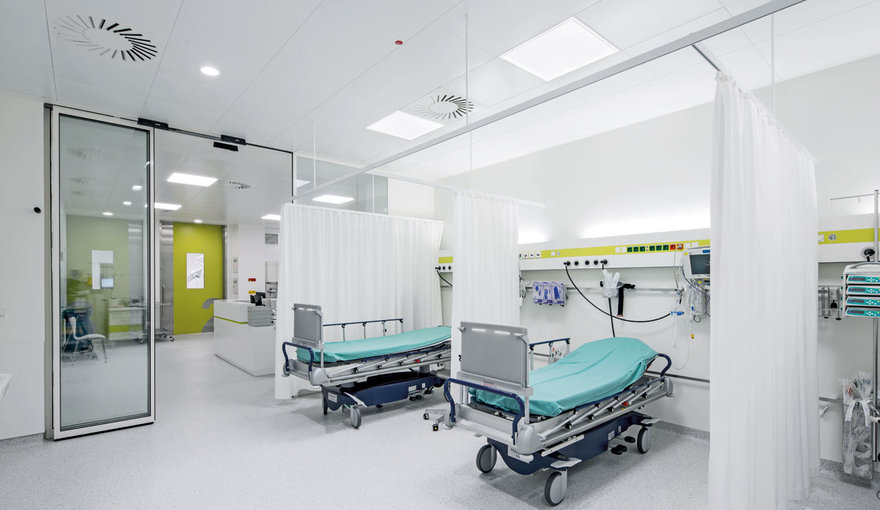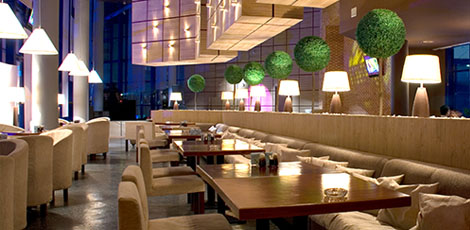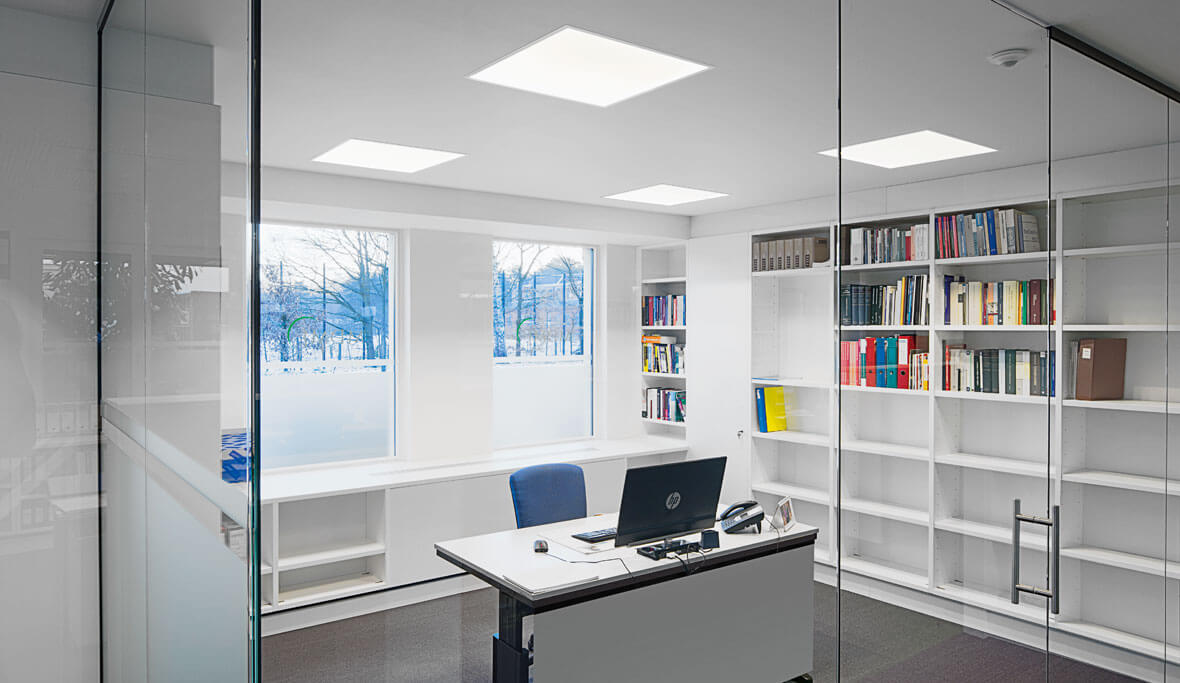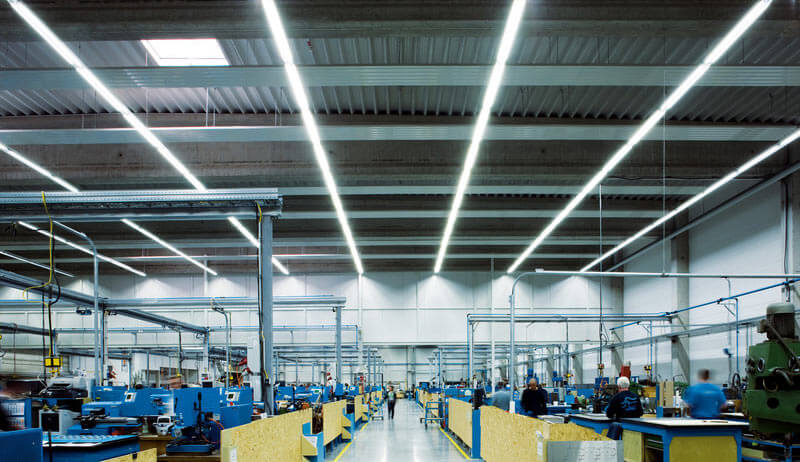LED lighting technology has steadily advanced and improved over the years. What may have been true in years past isn’t so today. This may cause people to hold onto obsolete beliefs. In addition, the Internet is a good medium for spreading opinions regardless of their validity. In short, it can get very confusing when assessing whether this technology is right for you. Here are the facts about three LED lighting myths:
MYTH: LED Lights Aren’t as Bright as Other Types of Lighting
When comparing different incandescent lights, a higher wattage means a brighter bulb. However, when comparing different types of lights, a wattage comparison isn’t appropriate. Wattage just means power consumption. Instead, compare their lumen output. A lumen is a unit of brightness just like a pound is a unit of weight. More lumens mean a brighter bulb. An LED light with the same brightness (in lumens) as an incandescent light consumes less power and will have a lower wattage rating. You will get the same brightness, but the lower power consumption reduces your electrical bill.
MYTH: LED Lights Are Cost Prohibitive
The “sticker” price of LEDs are higher but they will quickly pay for themselves in several ways. First, they’re significantly more energy-efficient than other types of lighting. The more lighting you use in your facility, the greater the energy payback in reduced energy bills.
Second, they last much longer than other types of lighting. This reduces maintenance costs. LEDs can run for years before they need replacement.
Third, LEDs are more rugged than incandescent bulbs and fluorescent lights. They withstand vibration, motion, and mechanical shock better than other lighting technologies.
MYTH: LED Lights Don’t Put out Any Heat
LEDs are highly efficient in that they convert most of the electrical power into light. However, they still produce a small amount of heat. While they aren’t hot to the touch, you shouldn’t place them in enclosures that prevent their cooling. After running them for a long time, you will feel some warmth.
